7 ways to keep your Christmas lights on without blowing the budget
Save energy without spoiling your festive fun
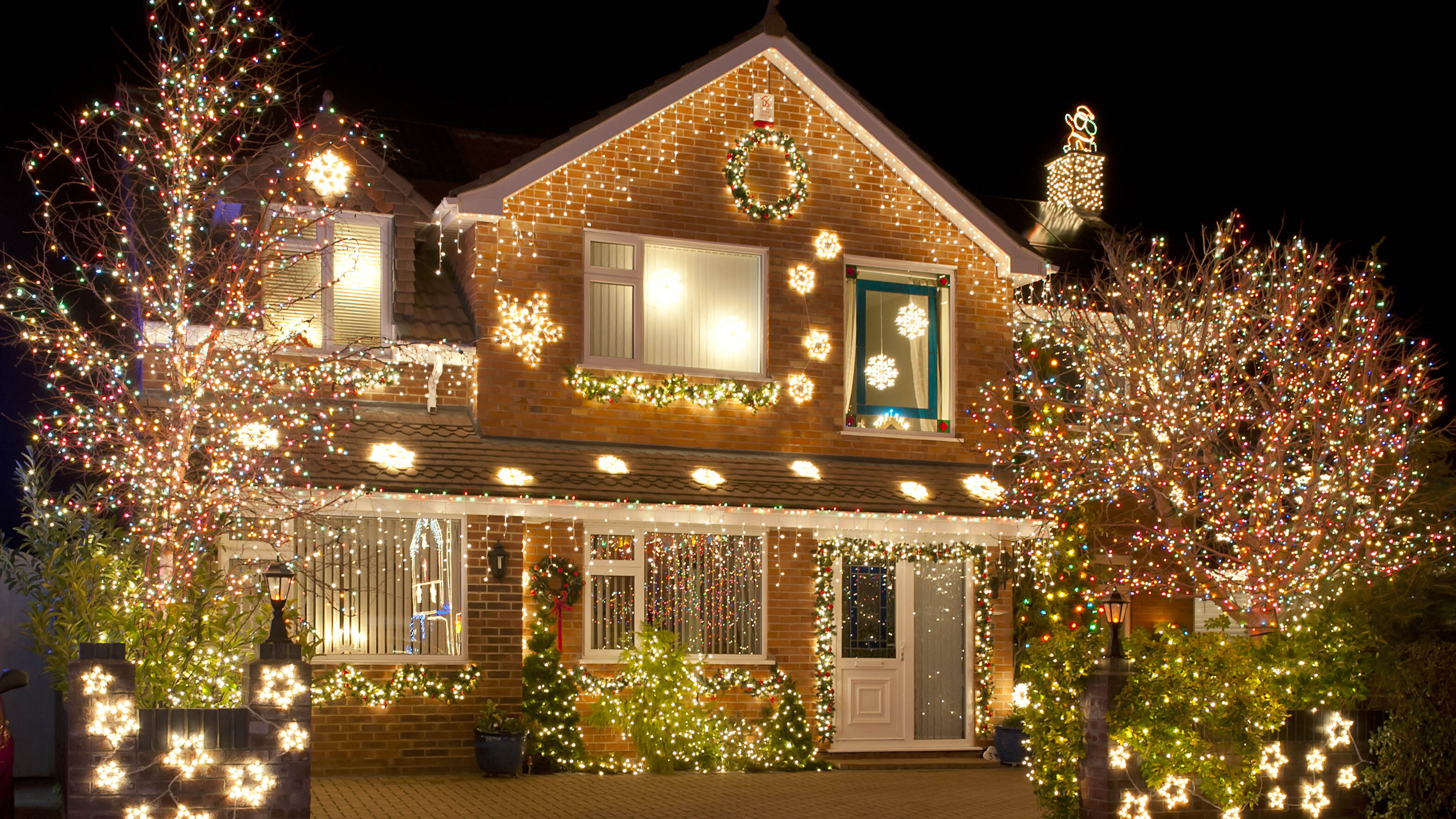
As you dust down last year's Christmas decorations and untangle the fairy lights, you could be worried about how rising costs will impact you this season instead of looking forward to the festivities ahead.
And as energy prices remain high, you may be tempted to ditch the fairy lights altogether to save on energy costs. But there’s no need to be a bah humbug this season. If you follow our top tips on how to make Christmas lights cost less over the holidays, you can enjoy the festivities and still pocket the change.
1. Less is more
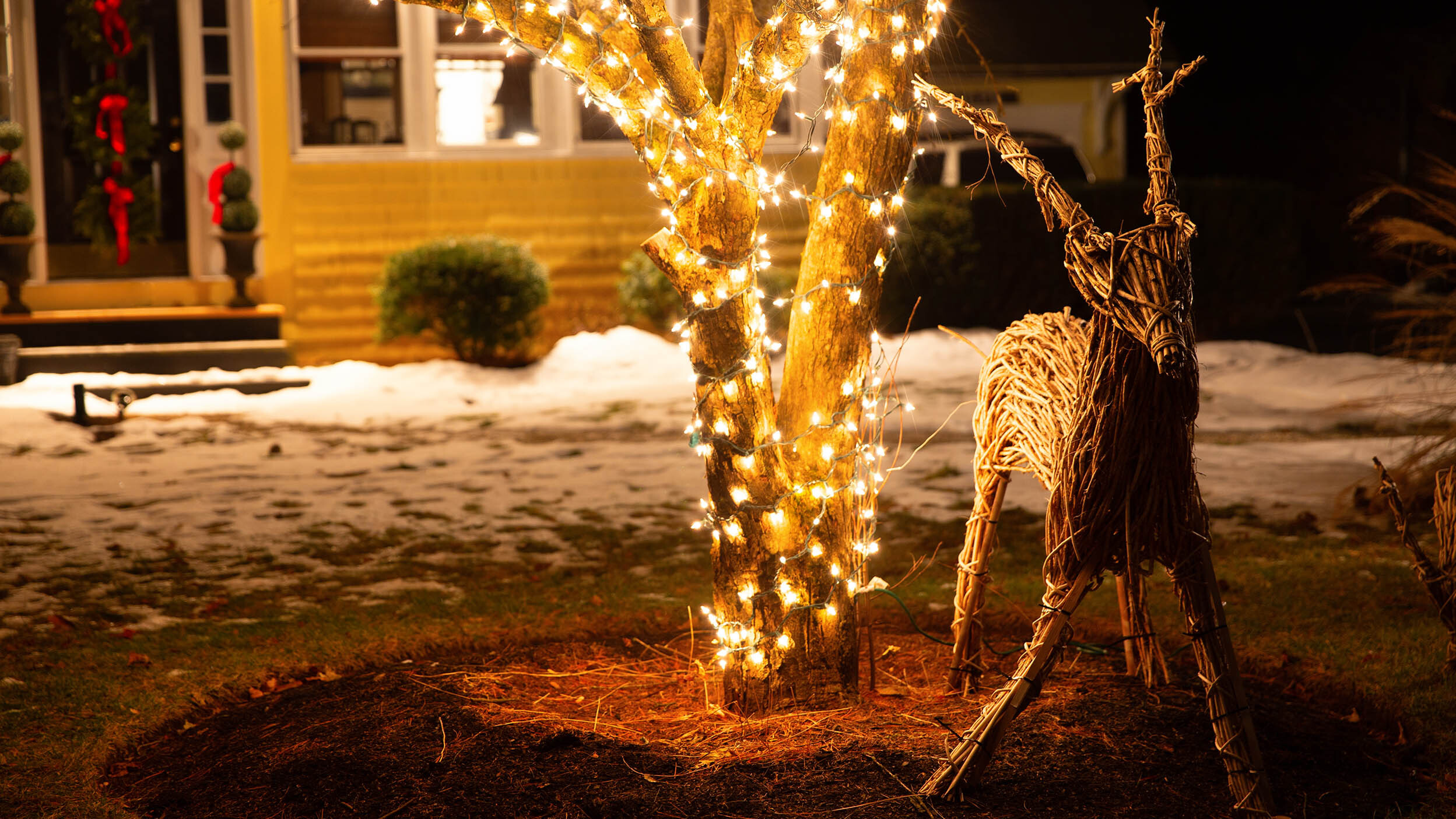
Outside lights can be one area where homeowners go overboard, attaching Christmas lights to trees, bushes, rooftops and eaves. We all have one house in our locality that can be guaranteed to put on a sparkling display every year.
So, rather than making the Christmas decorating mistake of over-decorating your home, think less is more. Go for quality over quantity, opt for a smaller more sophisticated display and avoid tacky decorations.
Rather than focusing on everything, pick one element to light up. Drape your lights over a tree or across your front porch. You'll also save money on replacement lights and reduce your energy bill.
2. Put the lights on a timer
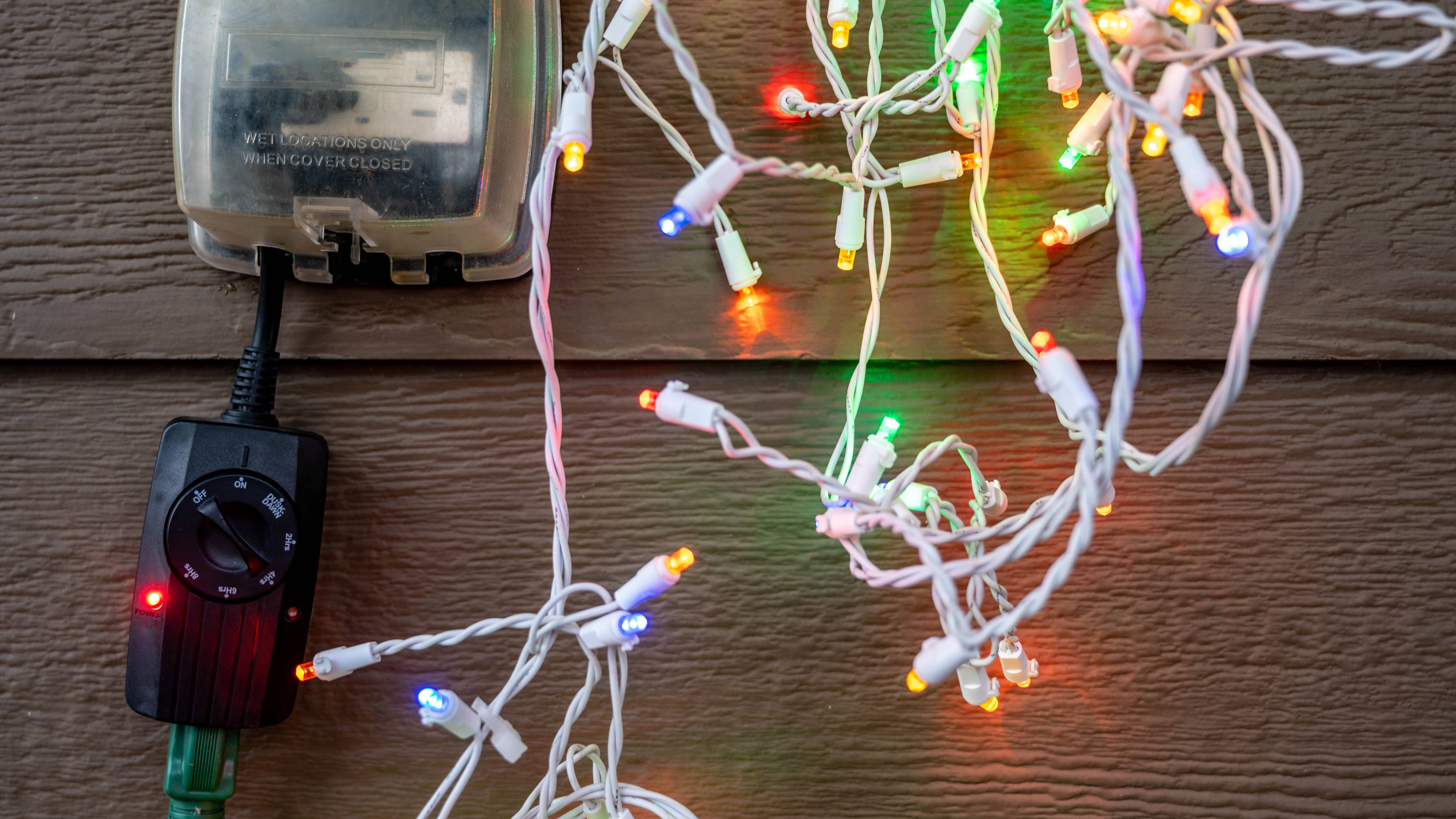
Life over the festive period is hectic. While you’re busy wrapping gifts and cooking a feast of goodies, the last thing you want to worry about is whether you’ve turned the Christmas lights on or off. One way to remove this task is to use a timer switch.
First, plug your Christmas lights into a plug socket to make sure they are working. If everything is shining bright, remove the plug and insert the timer switch instead. Then, plug your Christmas lights into the timer.
Sign up to get the BEST of Tom's Guide direct to your inbox.
Get instant access to breaking news, the hottest reviews, great deals and helpful tips.
If using a mechanical timer, set the timer to the current time and then push the timer pins in at the times you want the lights to turn on and off. Digital timers are a little more complicated to set, as they may offer more features, but the same principle applies.
3. Swap the bulbs
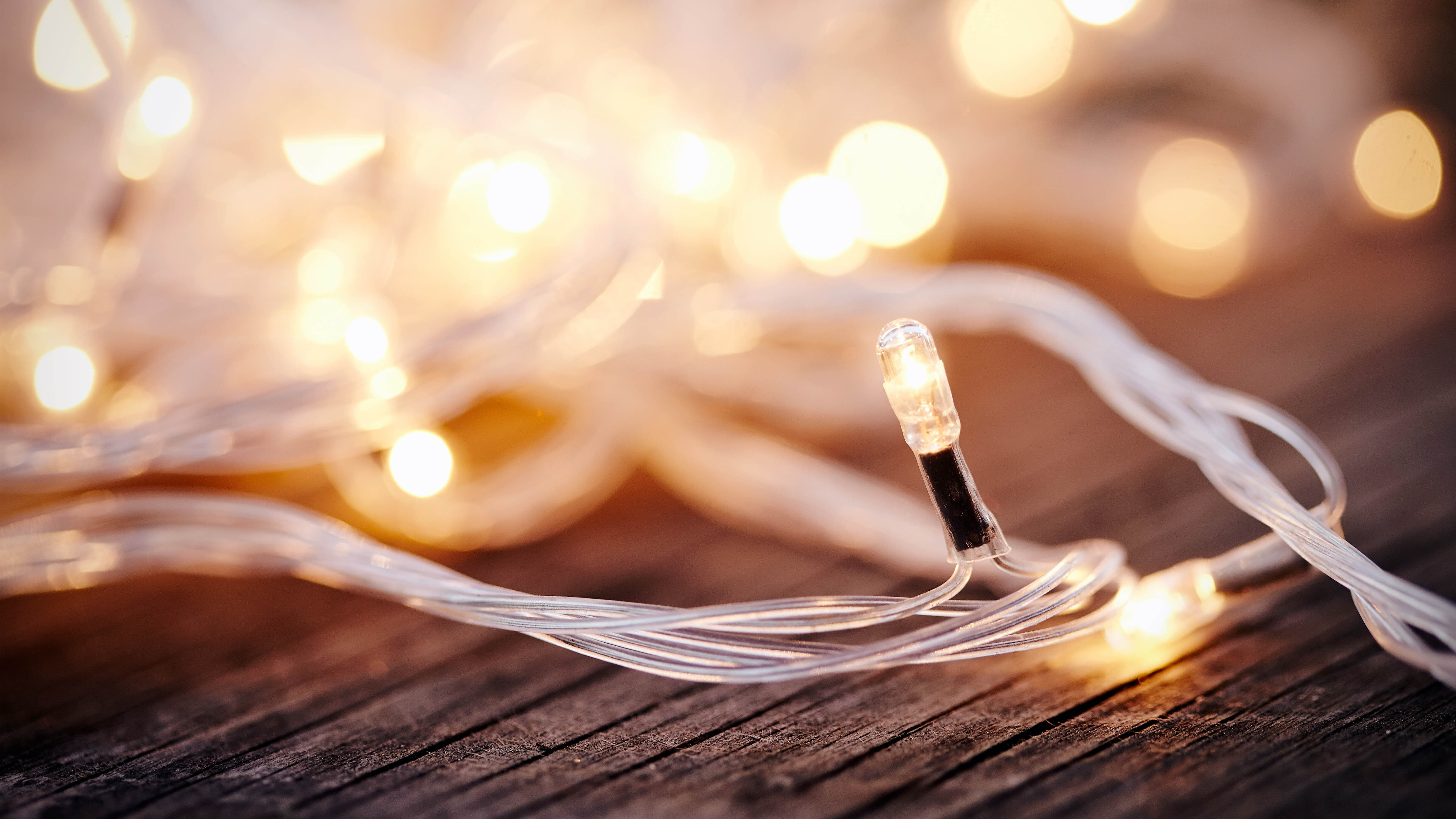
One of the best ways to reduce the energy consumption of your Christmas lights is to make a swap. Change the incandescent bulbs in your current lights to LEDs, or choose LED Christmas lights when buying new ones.
Incandescent bulbs are highly inefficient compared to LED bulbs and last up to 3,000 hours, a fraction of the 10,000 hours provided by LEDs, according to Christmas Lights etc. You’ll be convinced to swap when you discover LED lights consume 80-90% less energy than incandescent bulbs.
4. Get smart
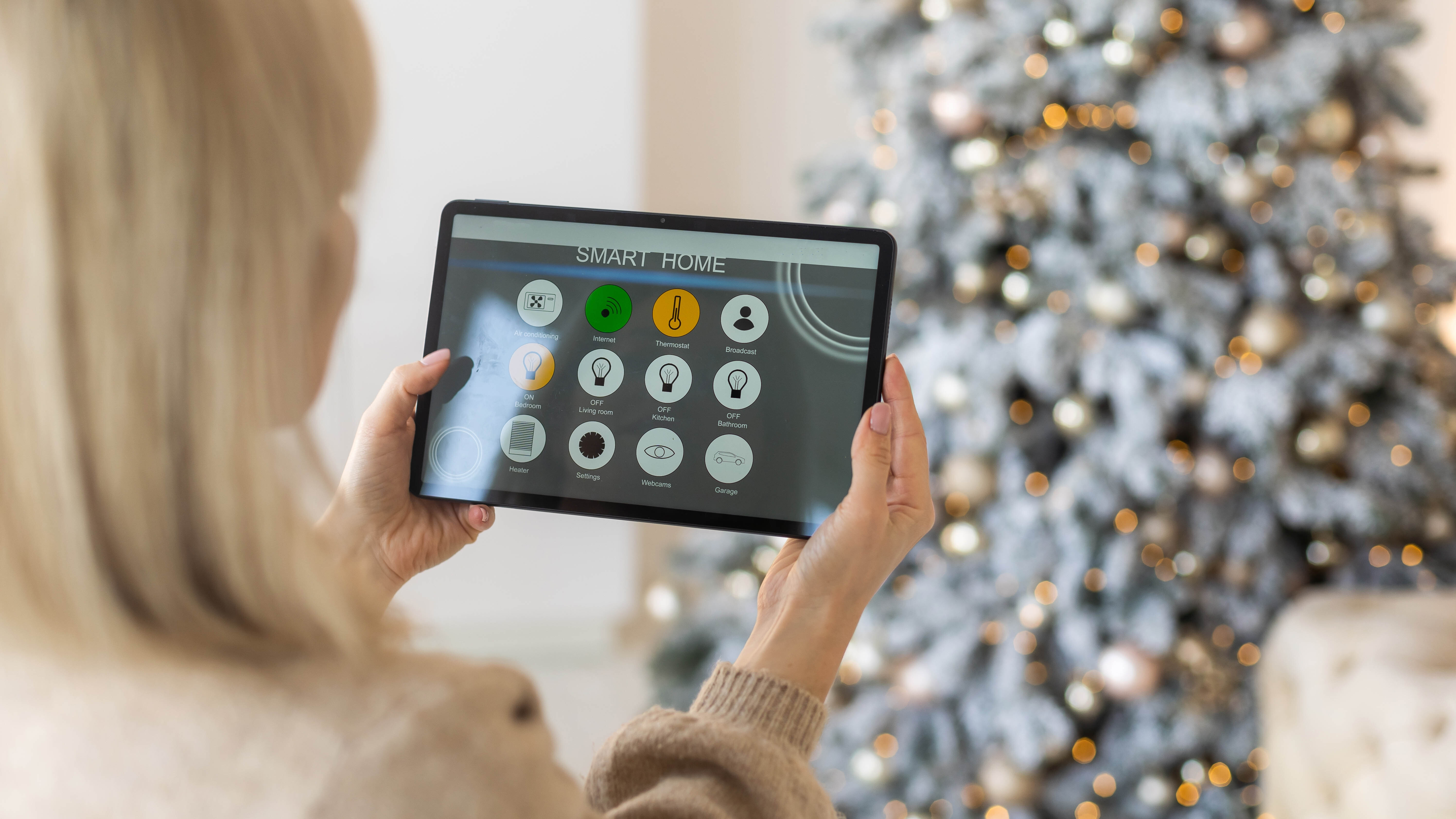
Going smart with your Christmas lights gives you more control than the standard timer mentioned above. You also gain the flexibility that they can be turned on and off from your phone, meaning you’ll save energy if your schedule changes and you won’t be at home.
And the smart lighting market is certainly looking bright. According to Statistica it's expected to almost quadruple to be worth $44 billion in 2030, compared with $11 in 2020.
Tom’s Guide’s Anthony Spadafora, senior editor security and networking, has decorated his home with smart lights and is all set up for the holidays. “As someone who shares a home with a Christmas baby, we go all out on holiday decorations and lights every year. However, with three full-size Christmas trees and small ones in the other rooms of our house, things can get expensive quickly when it comes to our energy bill.”
To help save energy Anthony, uses some of the best smart plugs to ensure all his Christmas trees and decorations are easy to turn off each night. Likewise, he uses a few of the best smart lights from Govee to make sure his yard looks as festive as the interior of his home.
“The best part is that I can control all my lights with my voice or smartphone. If I rush out of the house, I don’t need to worry about my electric bill or any potential fire hazards," he adds.
John Velasco, senior channel editor for phones at Tom's Guide, hasn't just got smart Christmas lights, he's gone a step further and has decorated his home with a Twinkly pre-lit smart Christmas tree.
5. Make the most of the winter sun
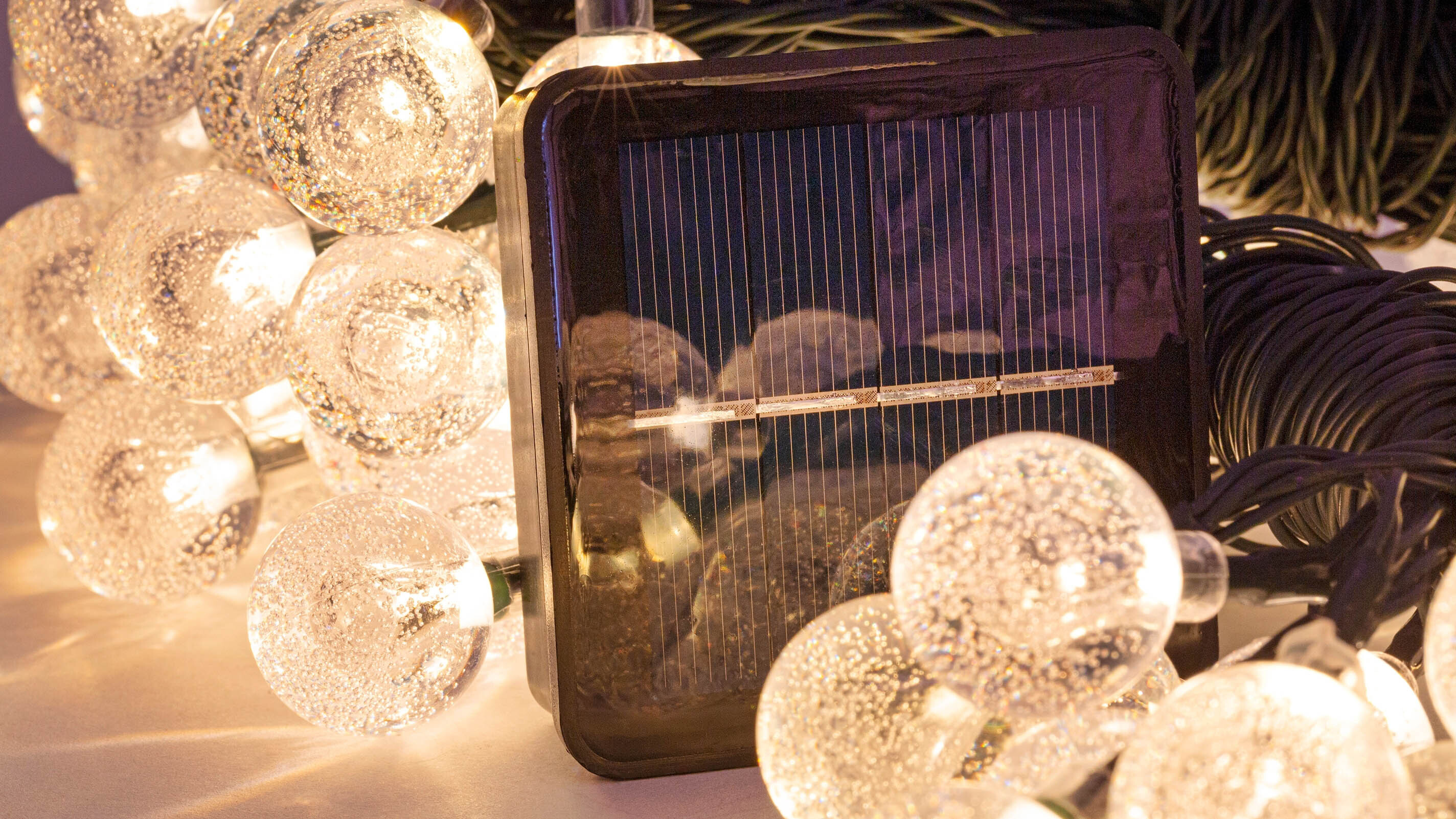
How about an eco-friendly reindeer in your front yard or a cascade of festive lights suspended from your roof, all powered by the sun? What’s more, despite putting on a good show, you won’t see an increase in your energy bill.
The best solar lights are easy to set up and don’t require special wiring, meaning you can say goodbye to tripping over cables that run into the house. And if you follow our 7 ways to get more out of your solar panels this winter, you’ll learn a few tricks to gain the most from the sun’s energy.
6. Battery operated lights
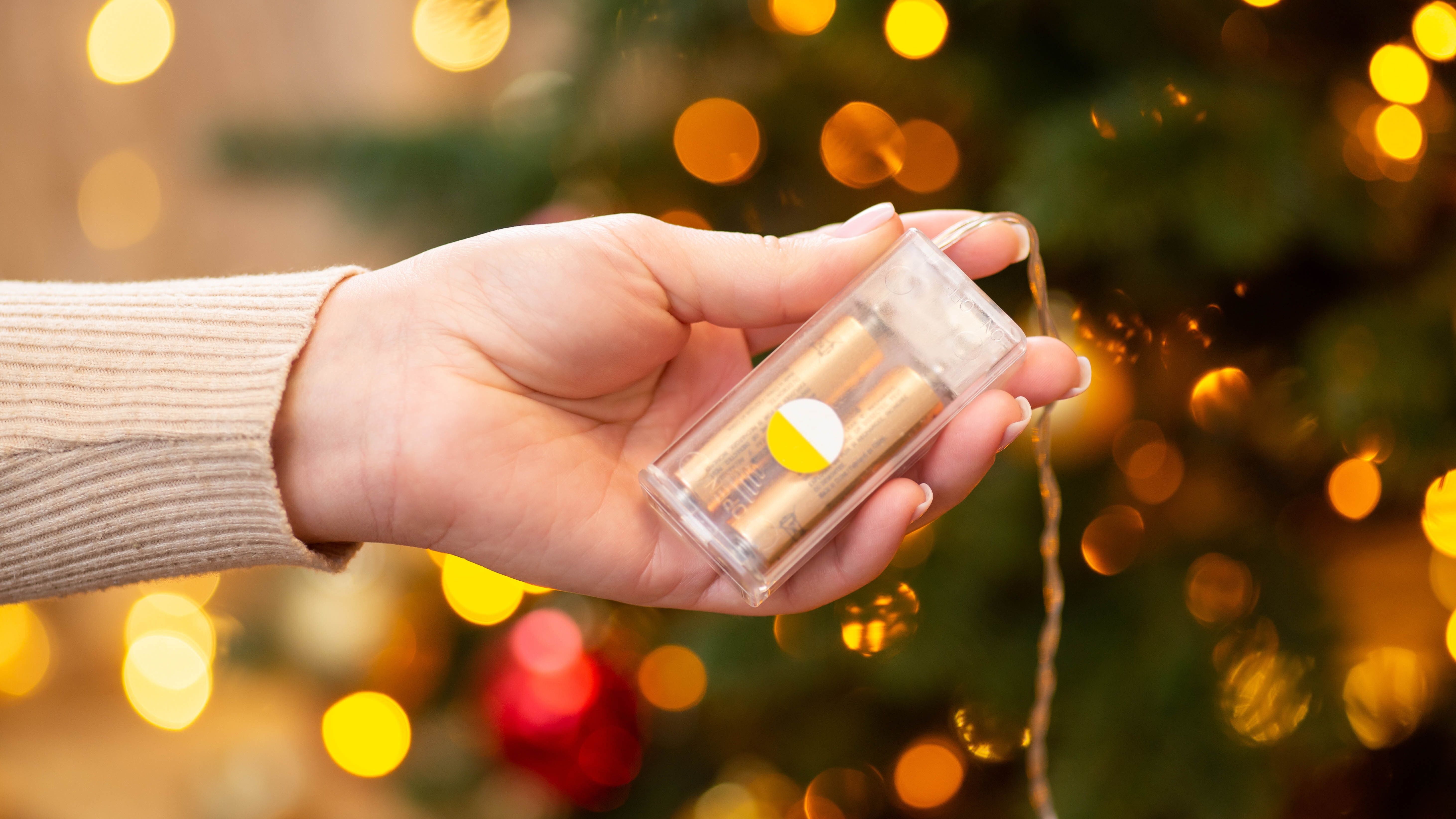
Although batteries may seem a thing of the past, they are an essential item you need in your Christmas emergency toolkit, especially if you have children or grandchildren at home over the festivities. Apart from powering up a toy or two or even one of the best meat thermometers to ensure that turkey is cooked, they can be used as an alternative to plugging in your Christmas lights.
Instead of worrying about an increase in your electricity bill as soon as you switch on the lights, batteries reassure that the energy has already been paid for. They are also handy to use if you have limited access to power sockets.
7. Know what they cost to run
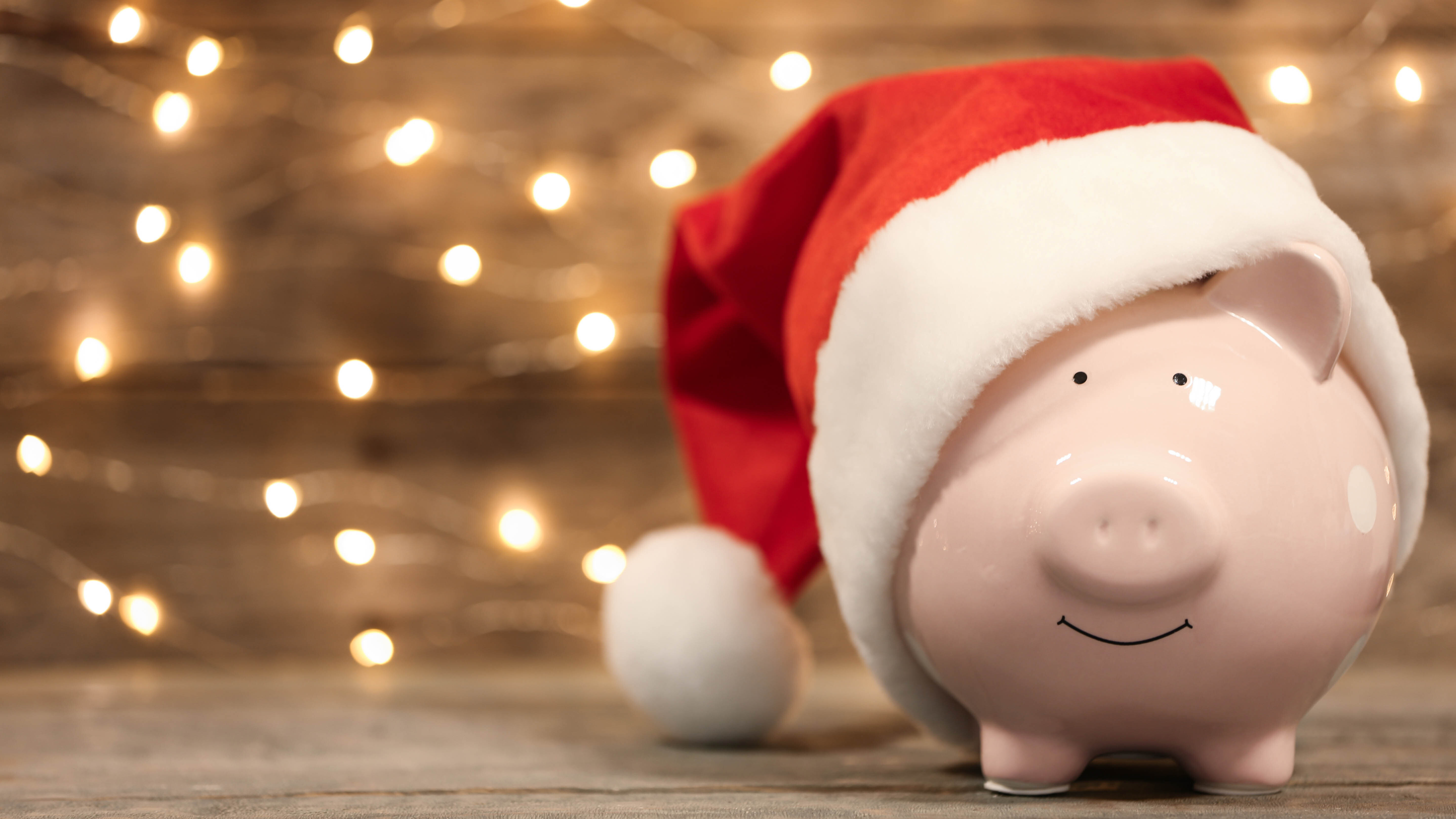
Despite fears that Christmas lights are expensive to run, the truth isn’t too hard to hear. So, to help you evaluate how much your household is spending, we’ve added some links below. However, viewing the amount of electricity consumed on a global scale, is much more alarming.
A 2008 study from the US Energy Department’s Energy Information Administration (EIA), and reported by the Center for Global Development, found that seasonal lights accounted for 6.6 billion kilowatt hours of electricity every year — enough to run 14 million refrigerators.
But before you start turning off all of your Christmas lights, one of the best ways to reduce your usage is to evaluate your consumption. These figures will help you decide whether reducing the size of your display will make a big difference.
The cost will depend on the wattage of your lights, the length of time they are on and the energy cost. Christmas Light Source has a cost calculator where you can determine how much you can expect your energy bill to increase over the holiday period.
As a guide, Payless Power estimates that if you have four strands of lights that use 25 watts of electricity, which are on for three hours a day for 35 days (between Thanksgiving and the end of December), and your rate is 12.3 cents, the energy cost will be $1.29 each month.
However, even though the cost of running Christmas lights is lower than you may have realised, there is one good reason to limit your usage. Swapping to energy-efficient light bulbs, using alternative energy sources and reducing the number of lights will all help reduce your carbon footprint without impacting on how much you enjoy the holiday season.
More from Tom's Guide

Camilla Sharman has worked in publishing and marketing for over 30 years and has covered a wide range of sectors within the business and consumer industries both as a feature, content, and freelance writer.
As a business journalist, Camilla has researched articles for many different sectors from the jewellery industry to finance and tech, charities, and the arts. Whatever she’s covered, she enjoys delving deep and learning the ins and out of different topics, then conveying her research within engaging content that informs the reader. In her spare time, when she’s not in her kitchen experimenting with a new recipe, you’ll find her keeping fit at the gym. In the pool, stretching at a yoga class, or on a spin bike, exercise is her escape time. She also loves the great outdoors and if she’s not pottering about in her garden, she’ll be jumping on her bike for a gentle cycle ride.
